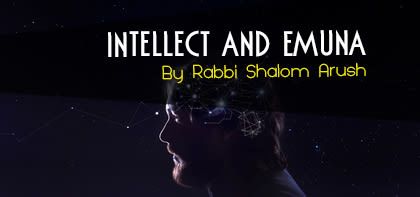
Bereishit: Intellect and Emuna
Parshat Breishit - The more Torah a person learns, the stronger his emuna becomes and the more his intellect is enhanced with holiness, uplifting him even more...

And G-d said, "Let the waters beneath the heaven be gathered into one area, and the dry land appear." And it was so. G-d called the dry land, "Earth" and the gathering of the waters, "seas"; and G-d saw that it was good. (Genesis 1: 9-10)
The creation of the water and the bodies of water, as we see in the Torah, is not completed on the second day of creation but is continued on the third day of creation, for Hashem says on the third day, "Let the waters beneath the heaven be gathered into one area." What is the Torah teaching us through the juxtaposition of water and earth on the third day?
Rebbe Natan of Breslev says (see Likutei Halachot, Yora Deah, Shechita, 5) that of the four elements of creation (earth, air, water and fire), the element of earth corresponds to emuna, as King David says, "Dwell in the land and replenish yourself with emuna" (Psalm 37:3). The other three elements – fire, air and water – correspond to the three spheres of the intellect, chochma (wisdom), bina (understanding) and daat (knowledge).
The prophet compares daat to water when he says, "And the earth will be filled with knowledge of Hashem as water covering the sea bed" (Isaiah 11:9). Air and spirit are the same word in Hebrew, ruach. He therefore links bina to air when he says, "Those of misguided spirit shall attain understanding" (ibid, 29:24). Fire symbolizes the soul, which is the spark of Divine wisdom that sustains a person, for King Solomon says, "The flame of Hashem is a human's soul" (Proverbs 20:27). And, the Zohar teaches us that  just as fertile earth makes things grow, emuna is the growth medium for good character, so once again, we see that emuna corresponds to earth.
just as fertile earth makes things grow, emuna is the growth medium for good character, so once again, we see that emuna corresponds to earth.
The Torah is therefore teaching us that perfection is attained when the earth and the water come together. In a parallel fashion, emuna, which corresponds to earth, is strongest when it goes hand and hand with knowledge, which corresponds to water. We conclude that even though a person can attain emuna without being a Torah scholar, he should strive for a level whereby he can attain emuna together with the knowledge of Torah. A person attains a holiness of intellect when his Torah learning goes hand in hand with emuna. The more Torah a person learns, the stronger his emuna gets. And, the stronger a person's emuna, the more his intellect is enhanced with holiness, enabling him to grasp even higher levels of Torah knowledge. This is the beautiful upward spiral of Torah and emuna together.
The above explanation of the juxtaposition of land and water at the beginning of the third day explains why the Torah doesn't say, "it was good" at the end of the second day. Water without land, as we have at the end of the second day, symbolizes Torah learning without emuna. Such Torah learning does not merit the title of "it was good". Indeed, Torah without emuna can lead a person astray from the path of Hashem. But when Torah and emuna are bound together, they are called doubly good.
On the other hand, emuna without Torah scholarship, although not optimal, is still good. That's why the Torah says, "Let the earth sprout vegetation… And the earth brought forth vegetation… and G-d saw that it was good” (Genesis 1: 11-12). Earth, which symbolizes emuna, gets the title of "good" even when mentioned alone, without the water. This teaches us that a person is basically good even if he has emuna without Torah. Nevertheless, refinement and perfection come from a strong bind of emuna and Torah scholarship.
We find in Rebbe Nachman's writings (see Likutei Moharan I:31) that a person should strive to be both a tzaddik and a scholar, for if he is not a scholar, it will be difficult for him to be pious; This is because in order to be pious, one must be familiar with Halacha – religious law – which is vast in scope. A scholar alone is not good, for one might be a scholar, yet possess wicked tendencies and base character traits. The ideal is to be a scholar who is intimately familiar with the laws and wisdom of Torah and to be a pious individual of unswerving emuna as well.
Rebbe Nachman expresses similar sentiments in regards to one's belief in the true tzaddik. If one believes in the tzaddik alone without knowledge of the tzaddik's teachings, he might stumble in his emuna (ibid, 245). Again, the ideal is to combine the "earth" with the "water" – belief in the tzaddik together with learning his teachings, for the bond of emuna with intellect is very strong.
King Solomon says, "Two are better than one, for they have a good reward for their labor," (Ecclesiastes 4:9). In other words, one should cling to both aspects of emuna and Torah scholarship. "For should they fall, one can lift the other" (ibid, 10); when a person has both Torah and emuna, he is better prepared to withstand a spiritual setback, for if he is having difficulty in his Torah learning, his emuna will keep him afloat. And if he has a test of emuna, his Torah will strengthen him. With only one aspect – Torah or emuna – one is not as strong during challenging times. For this reason, Torah scholarship reinforced with emuna, and emuna reinforced with Torah scholarship, are doubly good.



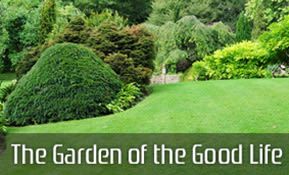
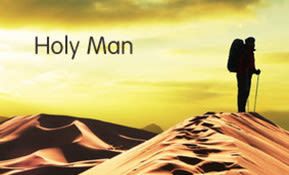
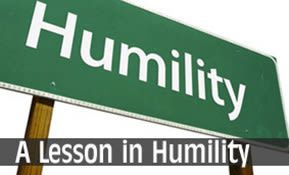

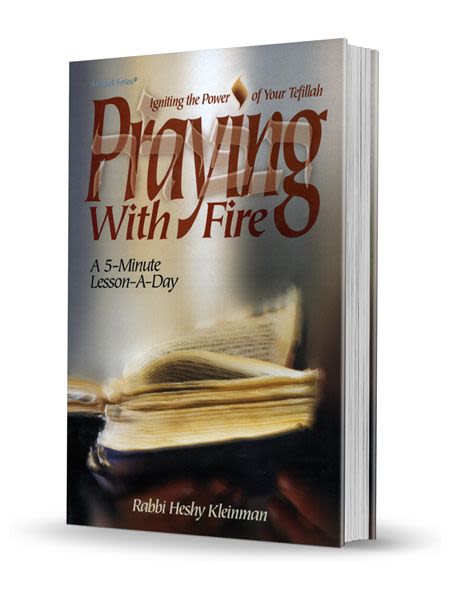

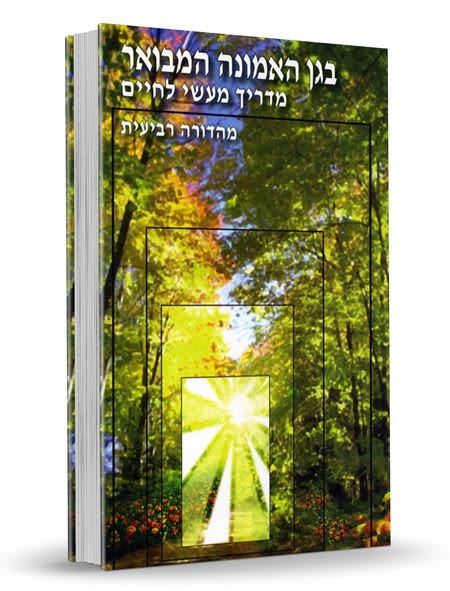


Tell us what you think!
Thank you for your comment!
It will be published after approval by the Editor.